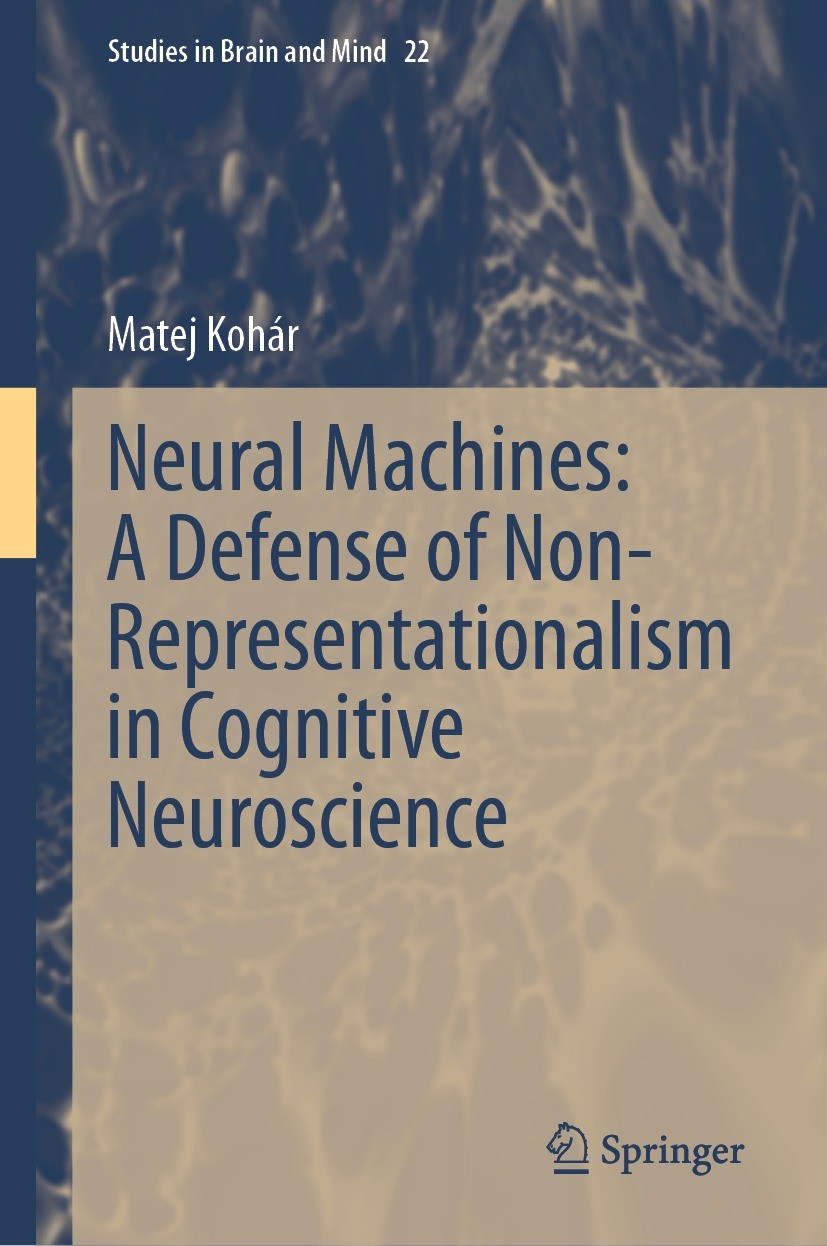| 书目名称 | Neural Machines: A Defense of Non-Representationalism in Cognitive Neuroscience |
| 编辑 | Matej Kohár |
| 视频video | http://file.papertrans.cn/664/663657/663657.mp4 |
| 概述 | Presents a novel defense of non-representationalism.Synthesizes mechanistic explanation with non-representationalism.Furthers the debate between representationalism and non-representationalism |
| 丛书名称 | Studies in Brain and Mind |
| 图书封面 |  |
| 描述 | .In this book, Matej Kohar demonstrates how the new mechanistic account of explanation can be used to support a non-representationalist view of explanations in cognitive neuroscience, and therefore can bring new conceptual tools to the non-representationalist arsenal. Kohar focuses on the explanatory relevance of representational content in constitutive mechanistic explanations typical in cognitive neuroscience. The work significantly contributes to two areas of literature: 1) the debate between representationalism and non-representationalism, and 2) the literature on mechanistic explanation..Kohar begins with an introduction to the mechanistic theory of explanation, focusing on the analysis of mechanistic constitution as the basis of explanatory relevance in constitutive mechanistic explanation. He argues that any viable analysis of representational contents implies that content is not constitutively relevant to cognitive phenomena. The author also addresses objections against his argument and concludes with an examination of the consequences of his account for both traditional cognitive neuroscience and non-representationalist alternatives. This book is of interest to readers in |
| 出版日期 | Book 2023 |
| 关键词 | Mechanistic Explanation; Cognitive Neuroscience; Anti-representationalism in Cognitive Neuroscience; Ex |
| 版次 | 1 |
| doi | https://doi.org/10.1007/978-3-031-26746-8 |
| isbn_softcover | 978-3-031-26748-2 |
| isbn_ebook | 978-3-031-26746-8Series ISSN 1573-4536 Series E-ISSN 2468-399X |
| issn_series | 1573-4536 |
| copyright | The Editor(s) (if applicable) and The Author(s), under exclusive license to Springer Nature Switzerl |
 |Archiver|手机版|小黑屋|
派博传思国际
( 京公网安备110108008328)
GMT+8, 2025-11-14 11:36
|Archiver|手机版|小黑屋|
派博传思国际
( 京公网安备110108008328)
GMT+8, 2025-11-14 11:36


